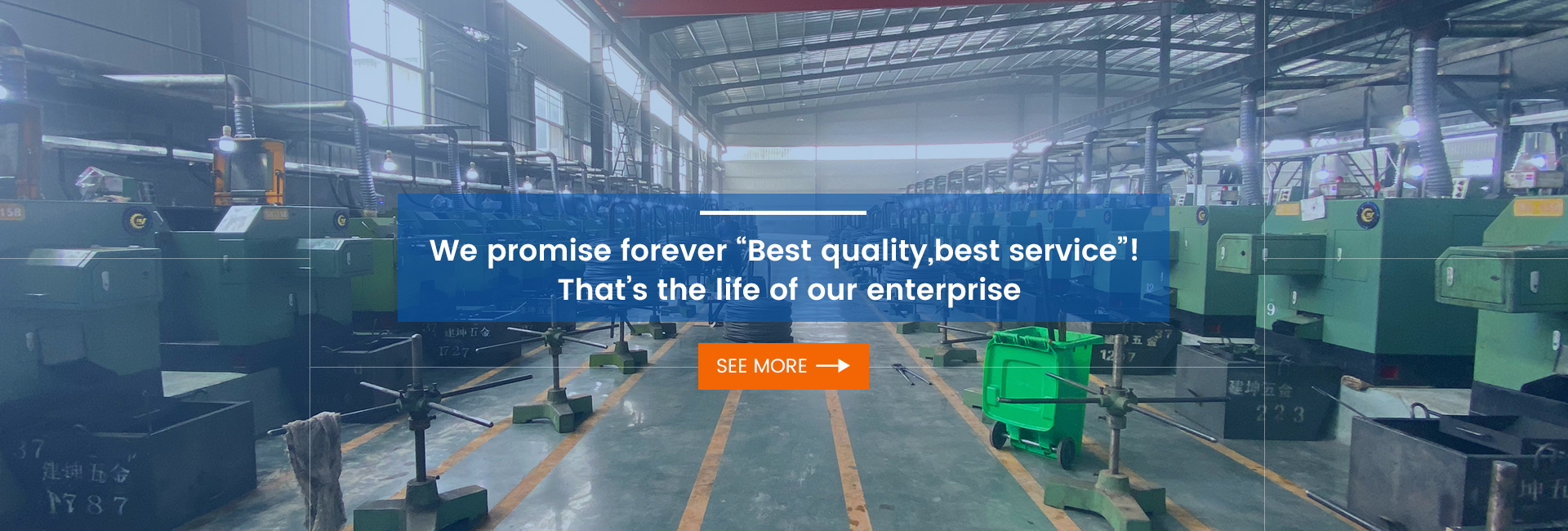In recent years, the global demand for plastic coil nails has risen steadily, driven by continuous growth in the construction and woodworking sectors. As an essential component in automated nailing systems, plastic coil nails are undergoing significant transformation—from material innovation to production automation and market expansion. This article explores the latest developments in the industry from multiple perspectives, including market demand, manufacturing technology, raw materials, and regional trends.
1. Steady Growth in Global Demand
Plastic coil nails are widely used in construction, wood structures, furniture production, and pallet packaging. With infrastructure projects expanding worldwide—especially in Southeast Asia, Africa, and Latin America—the need for efficient fastening solutions continues to grow. According to several international market studies, the global plastic coil nail market maintains an average annual growth rate of 5%–6%, with the Asia-Pacific region serving as the primary growth driver.
In Europe and North America, the high cost of labor encourages the use of pneumatic tools paired with plastic coil nails, emphasizing safety and precision. Moreover, the growing awareness of eco-friendly construction has fueled demand for recyclable fastening materials, where plastic coil nails play an increasingly important role.
2. Advancements in Manufacturing Technology
Production technology for plastic coil nails is shifting from traditional semi-automatic processes to fully automated, high-precision systems. Modern factories now employ automated coiling machines, intelligent feeding systems, and real-time inspection equipment. These upgrades significantly improve production efficiency and consistency.
At the same time, innovations in plastic materials have led to stronger, more flexible collation strips. For example, imported PP materials from Taiwan offer excellent toughness and resistance to cracking, even in cold climates, thus extending the product’s service life.
3. Raw Material and Cost Fluctuations
Plastic coil nails are primarily made from low-carbon steel wire, galvanized wire, and PP plastic strips. The recent volatility in steel and plastic prices has brought cost pressure to manufacturers. In response, many producers are optimizing production efficiency, improving yield rates, and establishing material stock systems to mitigate risks.
Additionally, environmental regulations are encouraging the adoption of recyclable or lower-plastic-content materials to reduce carbon emissions.
4. International Trade and Regional Development
China, South Korea, and Vietnam remain the leading exporters of plastic coil nails, while the United States, Canada, Europe, and Latin America are the main importers. Due to strict quality standards in Western markets, products with CE or ISO certification have a stronger competitive edge.
Emerging markets in the Middle East and Africa are showing rapid growth, particularly in residential construction and pallet applications, creating new opportunities for Asian manufacturers.
5. Future Outlook
The plastic coil nail industry is expected to evolve toward high performance, low cost, environmental friendliness, and intelligent manufacturing. The integration of automated inspection systems and smart production will further enhance accuracy and stability. Meanwhile, the shift toward green manufacturing will encourage the use of biodegradable plastics, aligning the industry with global sustainability goals.
In conclusion, the plastic coil nail industry is transitioning from manufacturing-based competition to a focus on quality, innovation, and branding. Companies that excel in quality control, technological advancement, and international certification will be best positioned to lead in the global market of the future.
Post time: Oct-23-2025



